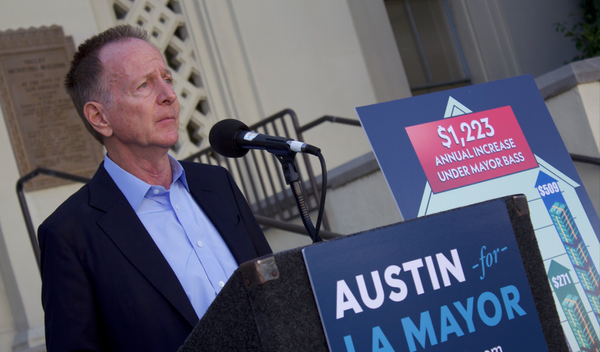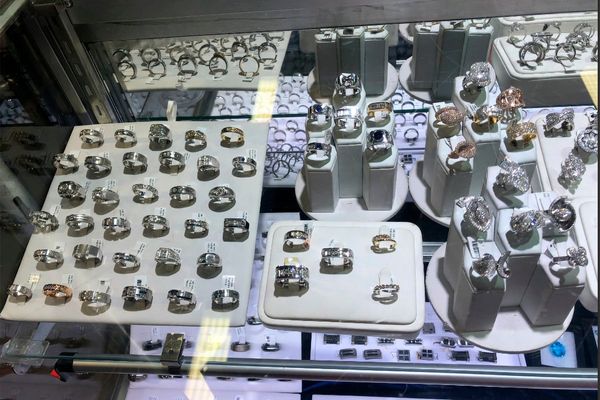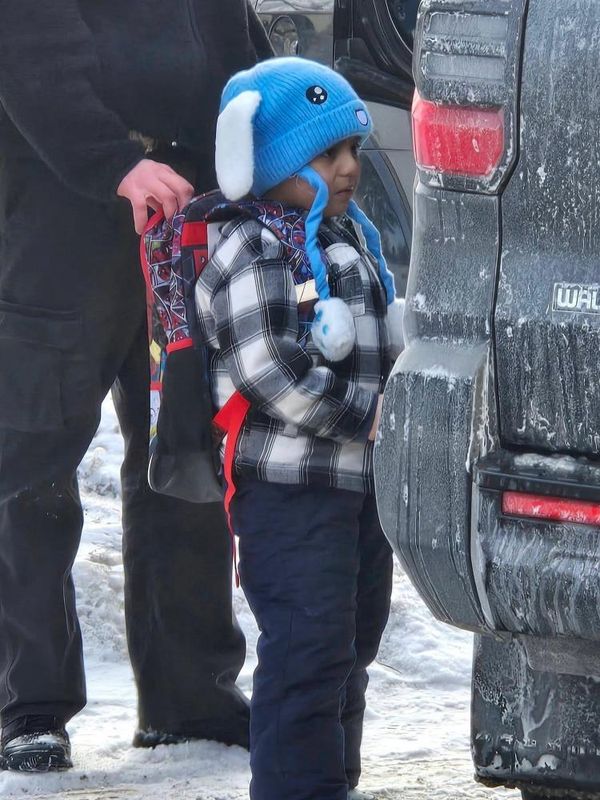
The US playwright Sarah Ruhl, 48, had recently given birth to twins when she discovered, after a lactation consultant noticed one of her eyes was drooping, that something was disconcertingly awry with her face. In her wonderful memoir Smile: The Story of a Face (out in paperback on 29 September), she writes about being diagnosed with Bell’s palsy and suffering postpartum depression at a point when she had a Tony-nominated play transferring to Broadway (the smile on the red carpet an impossibility). This is a book that raises fascinating questions, not least about the dangers of judging by appearances.
Has writing Smile been a way of putting the experience of having Bell’s palsy behind you?
It was absolutely necessary for living the next chapter of my life. I didn’t even know how necessary it was. I’d resisted writing about it because it felt so personal. I’d resisted trying to make narrative sense of what had happened to me. Even after the book’s publication, when asked to retell the story, my mind would go blank. There was trauma there… Writing about it has helped me and I’ve connected with so many readers. And in a literal way, it has led to a diagnosis.
What do you mean?
An infectious diseases doctor read my book, somehow got my number, called me out of the blue and said: “I think you have third stage neurological Lyme disease.” I said: “That’s not possible, I’ve already been tested”. He said: “There are more sophisticated tests you can do now, you really ought to go.” So I went, tested positive and am now in treatment for that. What happened to me might have been a perfect storm: I had underlying Lyme, gave birth to twins and got Bell’s palsy.
And are you now able to talk about the moment when you first saw your changed face?
It was such a shock – after I looked in the mirror, I felt a completely different person. There was the worry, too, that I might have had a stroke. In a sense, the Bell’s palsy diagnosis was a relief.
Are you more wary now about judging by appearances?
Being in the theatre, I’m used to the truism – the false truism – that we read expression through the face, that it is our main access to the emotional life. The irony is that, as a playwright, I’ve all along been supplying actors with language. We have language, bodies, voices – we don’t just have the face. And while I don’t think of myself as someone who would have judged by appearances much before Bell’s palsy, it has given me a greater empathy for people who might have a mismatch between the outward and the inward and I have more scepticism about thinking we can know a person by looking at their face.
Can you explain how not being able to smile made you miserable?
There is a neurological feedback loop where the more you smile, the happier you are… and the happier you are, the more you smile. Most people recover quickly from Bell’s palsy but I didn’t and the longer it went on, the more I was adjusting my internal landscape to match my expression of neutrality. It was only years later I realised just how depressed I was.
You write well about the way the US preoccupation with the big smile
Americans are obsessed with smiling: smiling at strangers, smiling with teeth for pictures – it’s a peculiarly American thing. I’ve since learned that one reason there’s such an emphasis on the smile is that we’re a culturally heterogenous community. In more homogenous cultures, there’s more coding that everyone understands. The American smile indicates to someone who might not be of their culture that they are friendly.
Do women need to be less invested in appearance?
As a feminist and writer, I used to think myself above it; I didn’t know the extent to which I cared or was dependent on how I felt about my appearance but then, when suddenly not able to smile for pictures, I felt there was this tool in my toolbox that was now lacking. But our culture needs to lighten up on it. I think of girls on Instagram who are completely depressed, of their endless self reflections – this is the age of the selfie in all its hideousness. It’s the ultimate age of Narcissus – something has to give.
When you recall having twins 12 years ago, what images come to mind?
Sadly, the images are of fatigue and inadequacy. When the twins were babies, I always felt lacking. Nobody asked about postpartum depression, nobody checked up on it – even with all the medical challenges I was facing – which is still shocking to me.
Where did you grow up?
I’m from a little town outside Chicago. My parents are from Iowa. My mum is an actor and was a schoolteacher. My father was in toy marketing and died when I was 20. But it was a cheerful family for someone who was to become a writer (laughs).
What are you currently working on?
A play coming to Lincoln Center: Becky Nurse of Salem, a rant about The Crucible – and the misogyny I see in it. Arthur Miller wanted to have sex with Marilyn Monroe but was married and felt bad about it. So he put his libidinal energy into the character of Abigail Williams, who wants to have sex with John Proctor. What’s sneaky is that while the rest of the play reads like historical fact, this was a complete fabrication. Abigail was 11. She never even met John Proctor.
What books are on your bedside table?
Sharon Olds’s latest: Balladz. I’ve always loved her – her poems opened up a portal in the world for me. Cassandra at the Wedding by Dorothy Baker, about twins, a reprint from 1962 – the prose is astonishing. And my friend Rachel M Harper’s book The Other Mother, about a lesbian couple that adopt a child, then split up.
What is the best memoir you’ve ever read?
St Augustine’s Confessions – he really cracked it. He worked out how to be open, how to make oneself vulnerable before the reader and God.
Do you prefer memoir to fiction?
I was suspicious of memoir in my 30s but the older I become, the more interested I am in the truth of people’s experience. During the pandemic, I was drawn to nonfiction because fictional universes seemed almost an amoral escape.
What play would you most like to have written?
A Midsummer Night’s Dream.
What is the best book you have ever received as a present?
The letters between the poets Elizabeth Bishop and Robert Lowell. My friend gave it to me when I was pregnant with the twins and on bed rest. It was a page-turner – I ended up making a play of their letters.
Who is your favourite literary heroine and why?
Jo from Louisa May Alcott’s Little Women. She’s a model for a writer, radical, sister and daughter, and a model for how to survive wartime, poverty and gender. Just wonderful.
• Smile: The Story of a Face is published in paperback on 29 September by Vintage (£9.99). To support the Guardian and Observer order your copy at guardianbookshop.com. Delivery charges may apply







